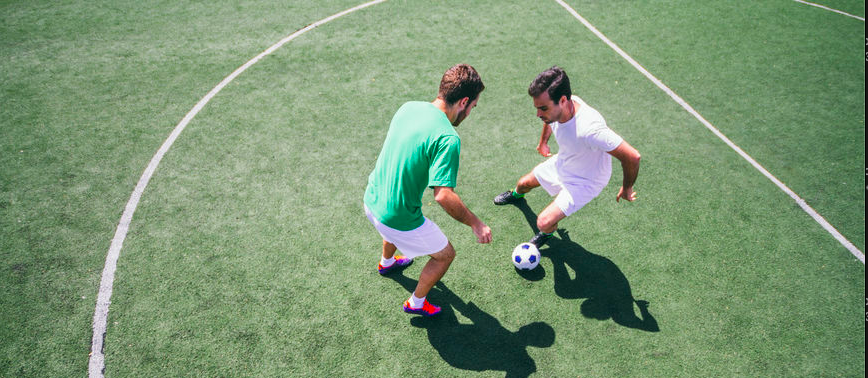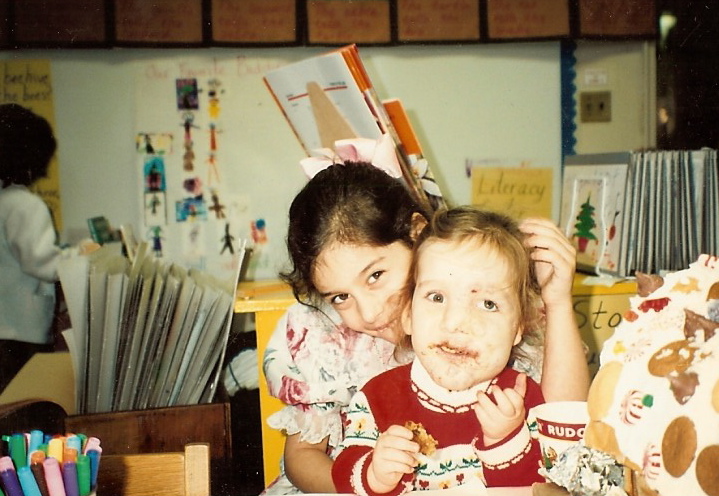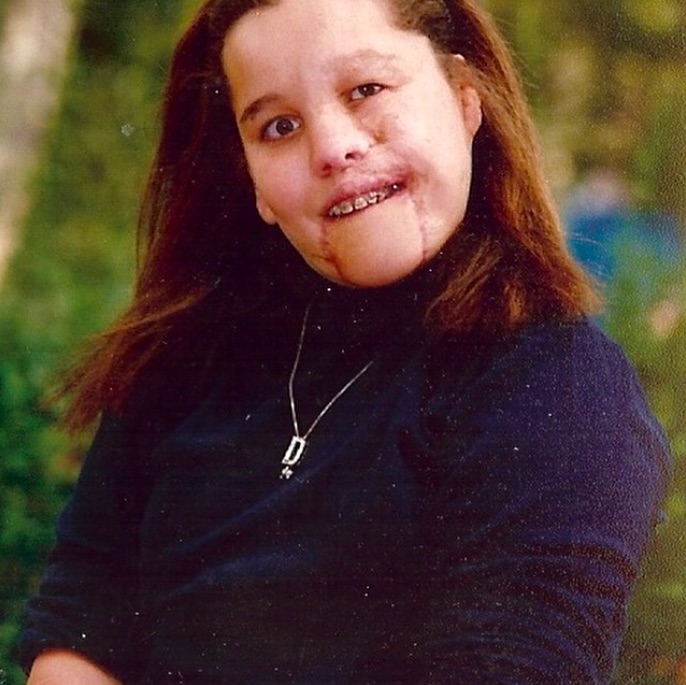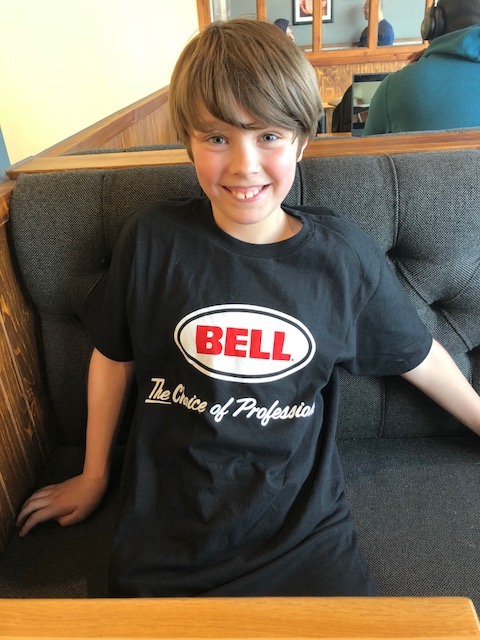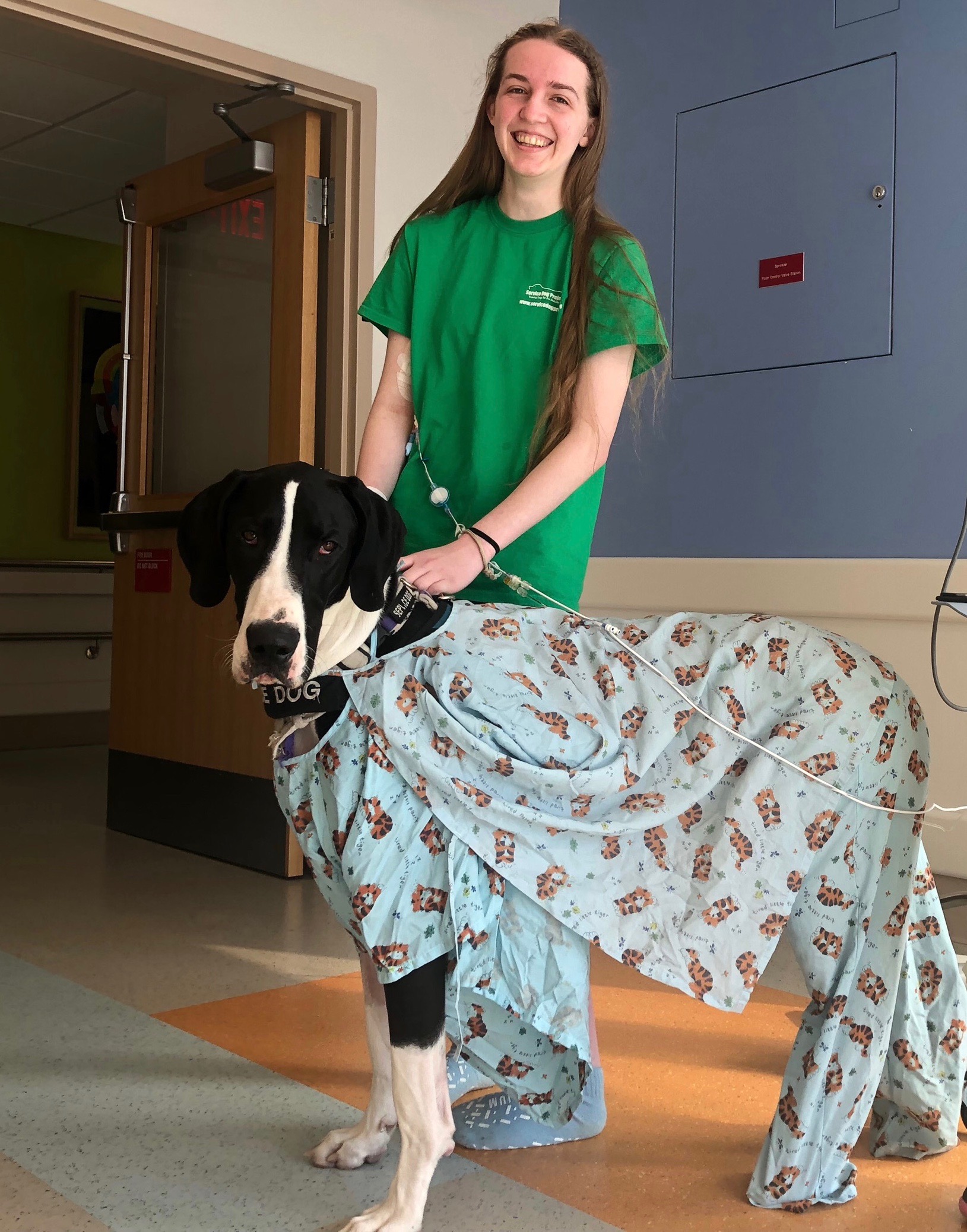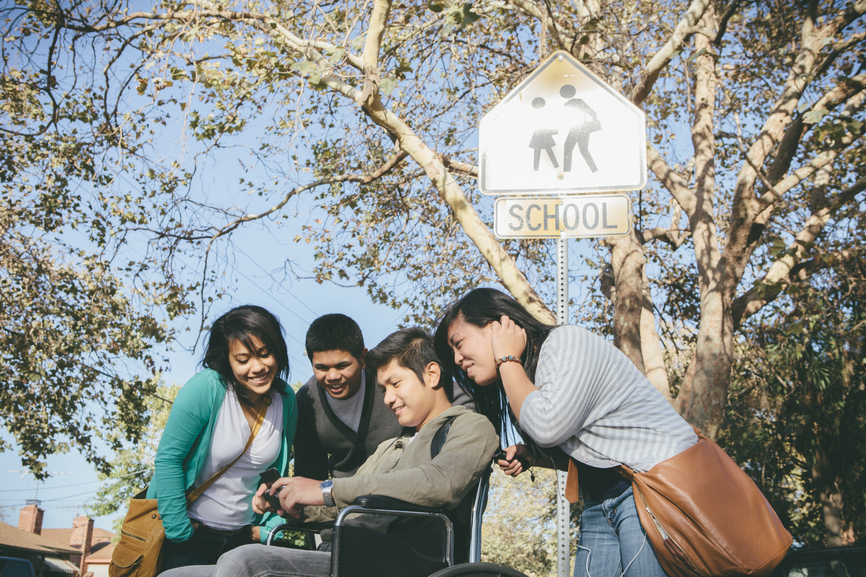Since the age of two, when I incurred a spinal cord injury, I have used a wheelchair. One of the most complex parts of living with a disability is handling the way the rest of the world receives you. I am a super observant person and feel like often I am met with people being unsure of how to move, communicate, or simply coexist with me. This has led me to a concept that I’ve integrated into my life called, “Hosting Your Own Party.” What I mean by this is that you have the opportunity to either lead or to host situations which might be totally awkward, and turn them into light and controlled moments. How do you do that? First, you must remember that you know yourself and your disability better than anyone! So, below are the steps on how to Host Your Own Party:
1. Look the Person in the Eye and Greet Them: People will often rush to one of two things: help or get out of the way. I think reminding others that there’s no rush and that everything is under control is helpful. We’re all human beings and no one’s going to bite… yet!
2. Be Clear and Precise: Whether you need help or assistance with something, or do not want help (for example getting in and out of an Uber), I’ve found that clear communication has been my best friend. For example: I say, “I do not need help getting in the car. I just need help with my wheelchair.” Now, a lot of people don’t hear you or believe you, and rush to help you regardless. This is your moment to stop and remind them that you’re the host, this is your party, and they’re not going to grab the reins on this one!
3. Be a Coach: I was lucky and grew up with a coach for a Dad. I’ve found a lot of success in offering positive reinforcement when dealing with someone who seems nervous around me. For example - back to getting in and out of an Uber – I’ll tell the driver, when they’ve helped me in the way that I’ve asked, “That’s great. Thank you so much!” And if they happen to get grabby, and try to help in ways that I haven’t asked for, I’ll tell them simply and clearly, “No, don’t do that. Thank you.”
4. Give Yourself Credit: By taking hold of these situations in your life, you give yourself the confidence to know, “You got this.” It takes practice, and you need to do the reps. This “hosting your party” thing doesn’t just happen overnight, but over time, being disabled can become really powerful. It can make you realize that you can do anything as long as you’re doing it in your own way. Give yourself a pat on the back. You’ve accomplished a task that required another person coming into your party and you’re the one who got them there!
5. It’s Not All About You: One of the secrets of living life with a disability is to give others the opportunity to feel helpful. Remember that kid in the first grade who was just dying to help the teacher? We all have that little kid inside of us and you’ve given someone that opportunity to reconnect with them.
6. Confidence is Key: Okay, I consider myself a pretty confident person. I’ve been in a chair since I was two years old and have worked so hard to love and trust myself over the past twenty-eight years. However, there are days when I have to fake it. I choose to fake it because I find that even canned confidence feels better than none at all.
7. Costumes and Treats are Helpful: I respond REALLY well to rewards, always have. It was one of the ways I was taught to push my wheelchair as a four year old: “Ali, if you push to the end of the block, you can have anything in my purse!” my babysitter would say. When I’ve had a tough day or a tough moment where all these tips that I’ve given haven’t worked, I go to the coffee shop and I get myself a treat. Maybe a brownie…. Even if I didn’t do great, I know I tried my best. “Costumes” in this context means that I like to wear clothes and accessories that make me feel FIERCE. I need to feel like superwoman sometimes after pushing fifteen blocks, and looking down and seeing my favorite Doc Martens on my feet gives me that boost.
Everyone with a disability has their own style. It’s taken me years to find mine. These are tips that have helped me, and if one of them can give you a hand, I’ll be thrilled, because you deserve it! Go out and “Host your party” to the fullest, in your own way. You’re kicking butt!!
Love and respect,
Your party planner Ali

